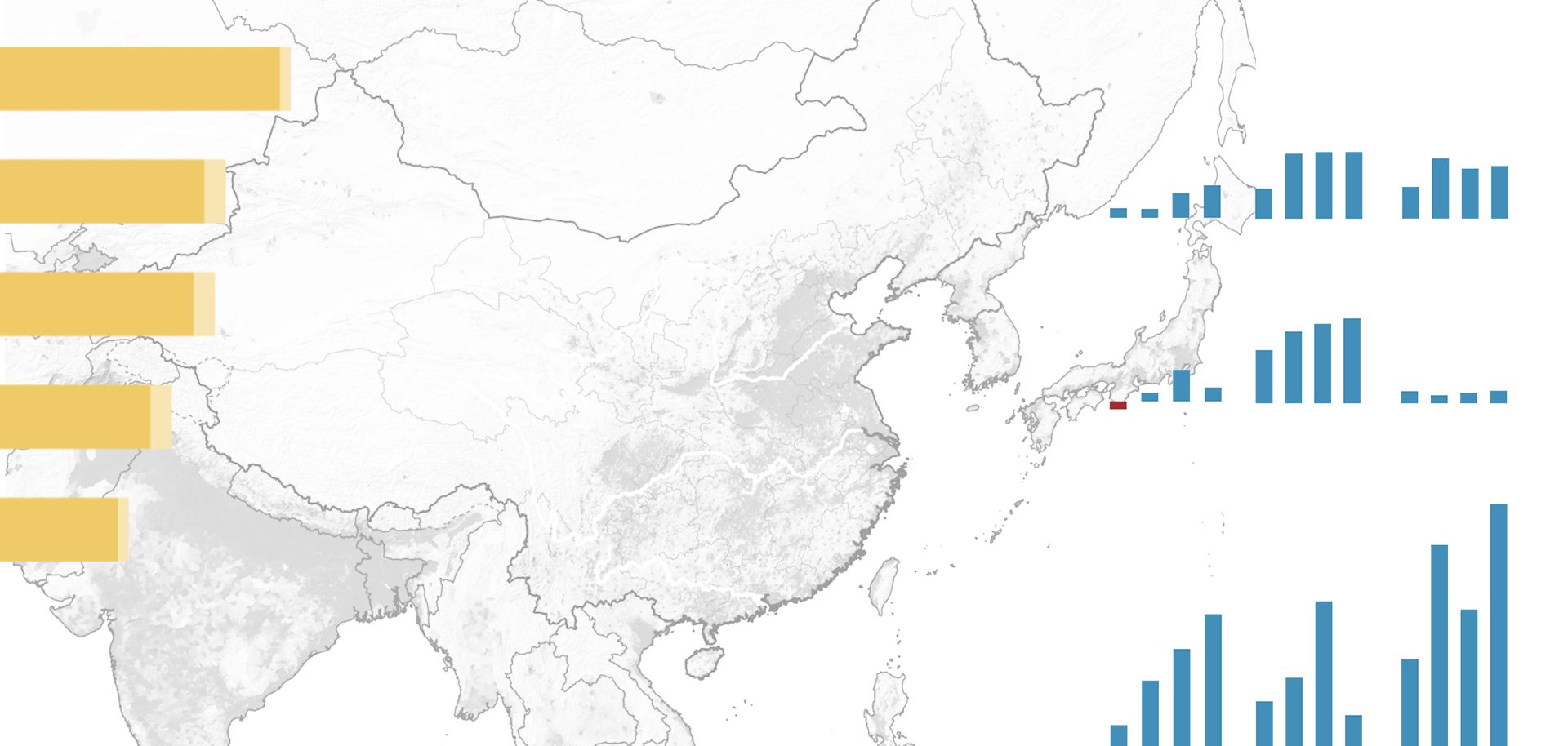
The dynamics behind both Japan's entrenched bureaucracy and the increasingly popular regional political forces are rooted in the country's mountainous geography. Geography divides Japan into several distinct regions, engendering recurrent center-periphery political tensions and inter-regional conflicts. This has given rise to a historical pattern wherein power in the country is regionalized or centralized, generally through a chaotic process, followed by a long period of relative stability. The most notable iteration of this pattern was the end of the Tokugawa shogunate, which ruled Japan from the early 1600s to the 1860s. Under the shogunate, the military held the highest authority, but political and economic administration of most domains was left to individual lords. The central government tightly controlled international affairs and trade, greatly restricting the inflow of international goods and information. This system ended with the Meiji Restoration of 1868, which once again centralized control of Japan under the emperor through the intervention of regional forces disaffected with the Tokugawa regime and emboldened by its weakness. The Meiji Restoration also gave rise to an aggressive, expansionist foreign policy. This centralization continued for the next 50 years and intensified in the late 1920s, when Japan was stricken with economic downturn, international trade disturbances, such as increased protectionist sentiment, and the threat of communist revolt. The central government increased its power over the following period, and its foreign policy became more aggressive. Japan's defeat in World War II put a relatively quick end to the military aspect of this policy, but it continued its economic expansion, growing to become the world's second-largest economy in the 1980s.



